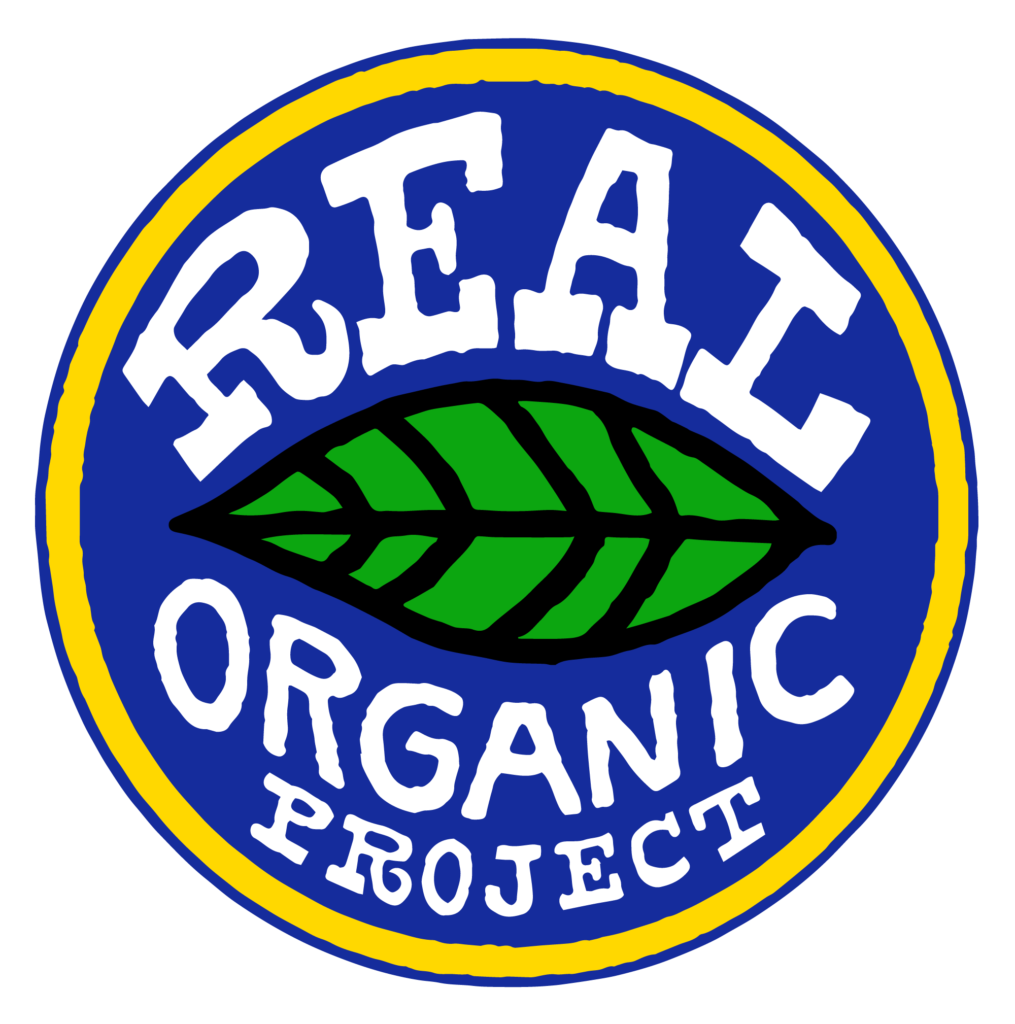This week’s harvest: tomatoes, peppers, onions, mizuna/arugula mix, parsley, basil, broccoli, carrots, beets, squash, beans, kale, chard
As always, u-pick herbs, flowers, extra kale and chard
“A weed is simply a plant whose virtues we haven’t yet discovered”
-Ralph Waldo Emerson
Another giant harvest, I hope you’ve been busy stir-frying, juicing, or freezing what is left. This time of year on the farm, what were once long beds of carrots, beets, onions, and garlic is now fallow (gone to the weeds). It has raised the question among visitors. Aren’t weeds on a farm bad? We don’t think so. Our answer has to do with a larger concept of land stewardship and what it means to us to take care of the land we are farming.
We choose to allow weeds to grow in a planting bed after a crop has been harvested, rather than leaving bare soil. We also prefer pulled weeds in the walking aisles. We have mowed weeds around the fence lines to keep away the rabbits, but only after they flowered and attracted the beneficial insects we need to control aphids. To us, a growing weed is performing many useful functions in the farm:
- Creating organic matter, which when returned to the soil helps retain moisture and nutrients.
- Shading the soil from the harsh sunlight, keeping it wet through the hot summer days.
- Nurturing microorganisms in the soil, which break down organic matter into the nutrients plants need.
- Breaking up hard clay soils, like we have on our Mancos Ln. plot. Or also to hold sandier soils together, like we have on our 32nd St. plot.
- Attracting beneficial insects into the farm, allowing us to never use any insecticides.
- Providing food. The majority of the weeds that grow are edible, nutritious, and delicious.
The more time we’ve spent on the farm, the more we’ve witnessed the benefits weeds offer. We’ve even come to notice that leaving bare soil may actually be the worst thing you can do for a farm or garden that relies on healthy soil and plant diversity in order to grow nutritious vegetables. Bare soil gets scorched by the sun, compacted, doesn’t absorb water, and makes us slip in the mud when it rains! Many farms are worse off when they are scraped clean of weeds, leaving a hard pan where soil begins to degrade.
But there does come a point when the weeds are truly “weeds;” when the growth of the weed is inhibiting the growth of the crop. Yes, there are weeds on our farm, always more weeds than we would like (believe us, if there were more hours in a day they would be spent weeding), but all is not lost when a bed gets overgrown with weeds, especially if you look at the health of the soil in the long-term. And even if the crop wasn’t weeded in the timeliest of fashions, we have yet to lose a crop to weeds this season.
Weeds are just nature’s way of trying to grow again after the farmer has disturbed the soil. Nature has stored up a seemingly endless seed supply in our soils, ready to grow as soon as they get a little bit of water. So as long as there is a farm, there will be weeds.
So with that wordy answer, we hope that we were able to clarify some questions about why some parts of the farm look a bit on the weedy side – and that we didn’t create a bunch more questions. If you do have any, as always, please don’t hesitate to ask us. Luckily the weeds will be getting hit with a frost that is likely only about a month away!
See you all later today, and hopefully it will be a sunny pick-up!
Reid, Linley, Pete


Leave a Reply